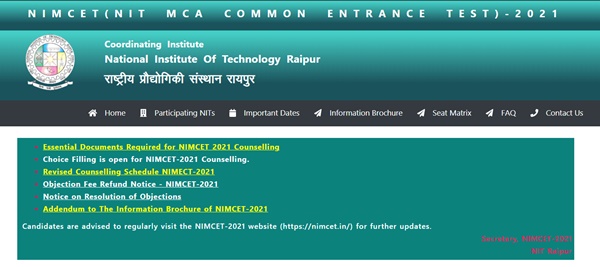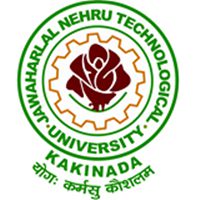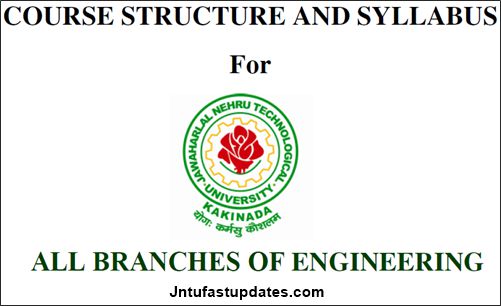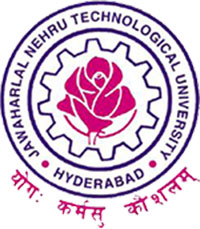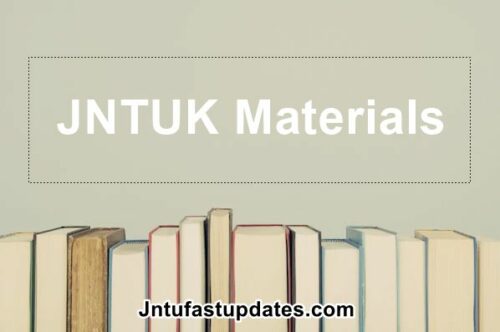Punjab Police Department organized the Sub-inspector written test on various dates from 17 to 31st August. A large number of competitors have competed for the SI written test in Punjab. The Punjab Police SI written test has been conducted in a large number of places across the Punjab state. Candidates who competed for Punjab Police SI written test round can check the answer sheet from the Punjab Police Department’s official portal, punjabpolice.gov.in. The organization has released the answer key within a short span after conducting the written test round. Punjab Police SI Answer Key 2021 PDF for all sets A, B, C, and D is presently accessible on the Punjab Police Department’s official website. Hence the competitors can download the question paper solutions of the respective set and can check the given answers from it. Candidates can analyze their attempts by comparing the answers provided by the conducting authority and attempted answers. The Punjab Police Department is soon going to announce the SI exam result date on its official website. Competitors can keep checking the Punjab Police Department portal to check the result date as well as other updates like cutoff marks and merit list.
Punjab Police SI Result 2021 – Merit List, Cutoff Marks (Selected Candidates) @ punjabpolice.gov.in
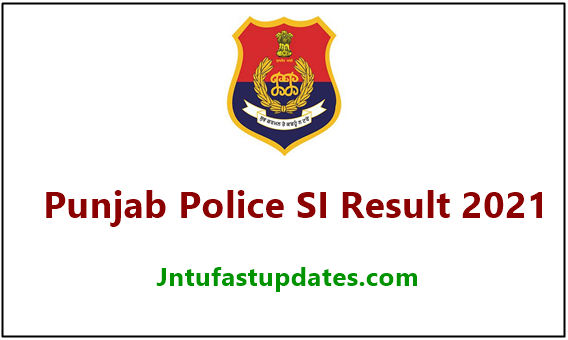
Punjab Police Department releases various notifications every year based on the vacant jobs. Recently the department announced 560 Police Sub-inspector posts. A large number of candidates aspiring to get police department jobs and having suitable educational qualifications have applied for the announced posts from 06.07.2021 to 27.07.2021. The organization accepted applications from eligible and interested aspirants who are desirous to get into Police Department. The board has received a large number of applications from eligible and interested aspirants. Selection of suitable candidates will be done through Written tests, PST/PET, Document Verification rounds. Candidates have to clear each and every round to get selected for Punjab Police SI posts.
Punjab Police SI Result 2021, Selection List – Important Details
| Organization Name | Punjab Police Department |
| Post Names | Sub Inspector |
| Total Vacancies | 560 |
| Exam Dates | 17th to 31st August 2021 |
| Category | Result |
| Result Release Date | September – Tentative |
| Official Site | punjabpolice.gov.in |
Download Punjab Police SI Result 2021, Qualified candidates List @ punjabpolice.gov.in
The Punjab Police Department is going to reveal the Sub-inspector of police result date shortly. The Police Department of Punjab will make an announcement regarding the result date on its official website, Punjabpolice.gov.in. As per the speculations, the Punjab Police Department is going to announce the results in September 2021 [tentatively]. Candidates who competed for the Police SI written test can keep checking the official website to check the result date and to download the result. As soon as the result date is announced, the contenders can visit the Punjab Police Department portal on a specific date to download the result.
Punjab Police Sub-inspector Cutoff Marks, Merit List 2021
The Punjab Police Department is going to announce the cutoff marks/qualifying marks of the written test round based on various factors such as the number of posts announced by the department, the competitors competing for the announced posts, and other issues. Punjab Police Department is going to release the cutoff marks and merit list for the Punjab Police SI written test round. Aspirants can check the cutoff marks category-wise [For General, BC, SC, ST, and other Categories] when the organization declares. Here are the Punjab Police SI Expected Cutoff Marks from the following.
Male
| Category | Maximum | Minimum |
| General [UR] | 97 | 84 |
| BC | 84 | 79 |
| SC [MB] | 82 | 68 |
| SC [RO] | 84 | 77 |
Female
| Category | Maximum | Minimum |
| General [UR] | 82 | 61 |
| BC | 60 | 54 |
| SC [MB] | 58 | 47 |
| SC [RO] | 61 | 52 |
Punjab Police SI Merit List 2021 Download
Candidates who appeared for the Punjab Police SI written tests in August can check the merit list along with the result. The merit list contains the names of the candidates who cleared the exam with good merit. Punjab Police SI Merit list 2021 will be released in PDF format. The merit list contains the details of the name of the candidate, registration number, score obtained in the exam, and other details.
Check Here: Punjab Police SI Result, Cutoff Marks & Merit List 2021 – Available Soon
Steps to download Punjab Police SI result 2021
- Visit the official website of Punjab Police Department, Punjabpolice.gov.in
- On the homepage, search for Police SI Result 2021 Link.
- Click on the link and enter the required login credentials in the specified fields.
- Click on the download button.
- The result is going to be downloaded on the screen.
- Also, cutoff marks, and merit list can be checked from the same page.
- Check Punjab Police SI merit list, result, and cutoff marks and take a printout for further reference.
FAQs
As per the speculations, the Punjab Police Department is going to announce the results in September 2021 [tentatively].
The Police Department of Punjab will make an announcement regarding the result date on its official website, Punjabpolice.gov.in.
expected cutoff mentioned above and official cutoff marks will be released soon.

320-x100(1).gif)



